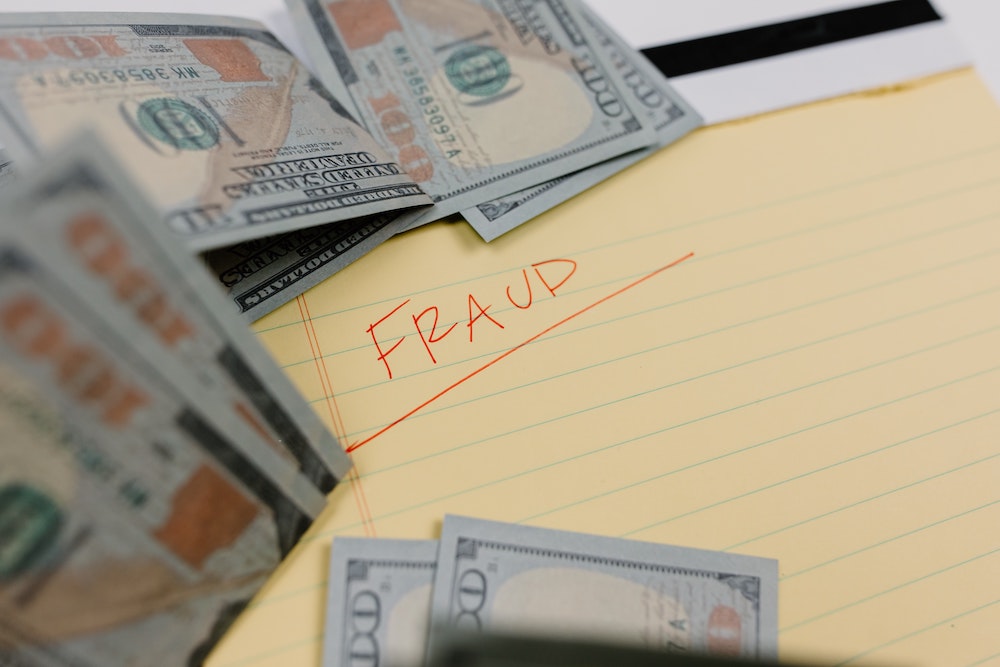...

In an ever-evolving digital world, the ability to identify and respond to scams is crucial for safeguarding personal information and assets. At Silverwatch Academy, we believe in empowering individuals with the knowledge to recognize scam tactics and the confidence to act decisively. Here, we provide essential insights into scam identification and the best practices for reporting suspicious activities.
Recognizing Common Scam Tactics
Scammers are continuously refining their methods, but some tactics remain prevalent. Here’s what to look out for:
1. Urgency and Pressure
Scammers often create a sense of urgency to bypass your better judgment. Be wary of any communication that pressures you to act quickly, especially involving money or personal information.
2. Too Good to Be True Offers
If an offer seems too lucrative or comes with the promise of high rewards for minimal effort, proceed with skepticism. Scammers prey on the allure of easy gains.
3. Request for Personal Information
Be cautious if you’re asked to provide personal information, such as social security numbers, bank details, or login credentials, especially if the request comes from an unsolicited or unverified source.
4. Unsolicited Communications
Unexpected calls, emails, or messages, particularly from unknown or unverified sources, should be treated with suspicion. Scammers often pose as reputable organizations to extract sensitive information.
5. Inconsistencies and Errors
Pay attention to inconsistencies in stories, unprofessional email layouts, and spelling or grammatical errors. These can be telltale signs of a scam.
Responding to Suspicious Communications
1. Do Not Engage
Avoid responding to or clicking on links within suspicious messages. Engaging can put you at risk and signal to scammers that your account is active.
2. Verify the Source
If in doubt, contact the organization the communicator claims to represent, using contact information obtained from a verified website or official correspondence.
3. Use Anti-Scam Tools
Employ tools like spam filters, caller ID, and antivirus software to help screen out potential scams.
Reporting Scams
1. Document the Details
Gather as much information as possible about the suspicious communication, including the sender’s details, the time of contact, and the nature of the request.
2. Report to Authorities
Report the incident to relevant authorities, such as the Federal Trade Commission (FTC) or your local consumer protection office.
3. Notify Financial Institutions
If the scam involves financial information, immediately inform your bank or credit card company to secure your accounts.
4. Share with Your Network
Inform friends, family, and colleagues about your experience to raise awareness and prevent others from falling victim to similar scams.
At Silverwatch Academy, our commitment extends beyond educating our community about scam tactics. We offer comprehensive courses tailored to equip individuals with practical skills for navigating the digital landscape securely. Join us, and take a proactive step towards personal and financial safety.
